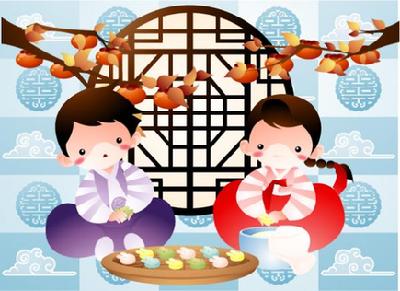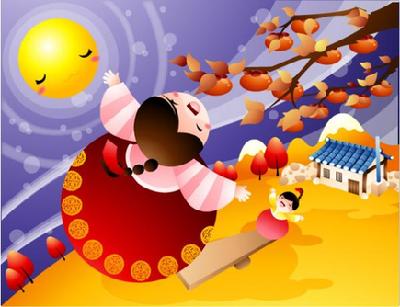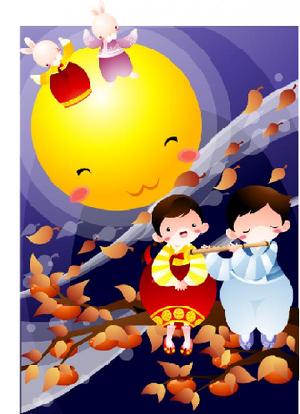In Chinese dichotomy, the sun is yang (positive, active, or male) and the moon is yin (negative, passive, or female). According to the book Chou Li, the Chou emperors (1122-249 B.C.) had the custom of praying to the moon on the 15th night of the eighth lunar month. In the Ching dynasty, there were a sun altar in eastern Peking and a moon altar in western Peking; at the time of every autumnal equinox, the emperor offered sacrifices and prayed to the moon at the moon altar.

Before switching to the Gregorian calendar officially in 1911, the Chinese had used a lunar calendar since time immemorial; and even today, the Chinese still celebrate their traditional festivals by the lunar calendar. In each lunar month, the first day (the new moon) and the 15th day (the full moon) are major events; and the 15th day of the first month (the Lantern Festival) and the 15th day of the eighth month (Mid-Autumn Festival, September 9th this year on the Gregorian calendar) are the largest celebrations besides the Lunar New Year and the Dragon Boat Festival.

The Chinese Cupid is called "the old man under the moon" ( るρ ) and uses a red thread to tie a man's and woman's feet together to make them man and wife--be they from hostile families or widely separated places.

